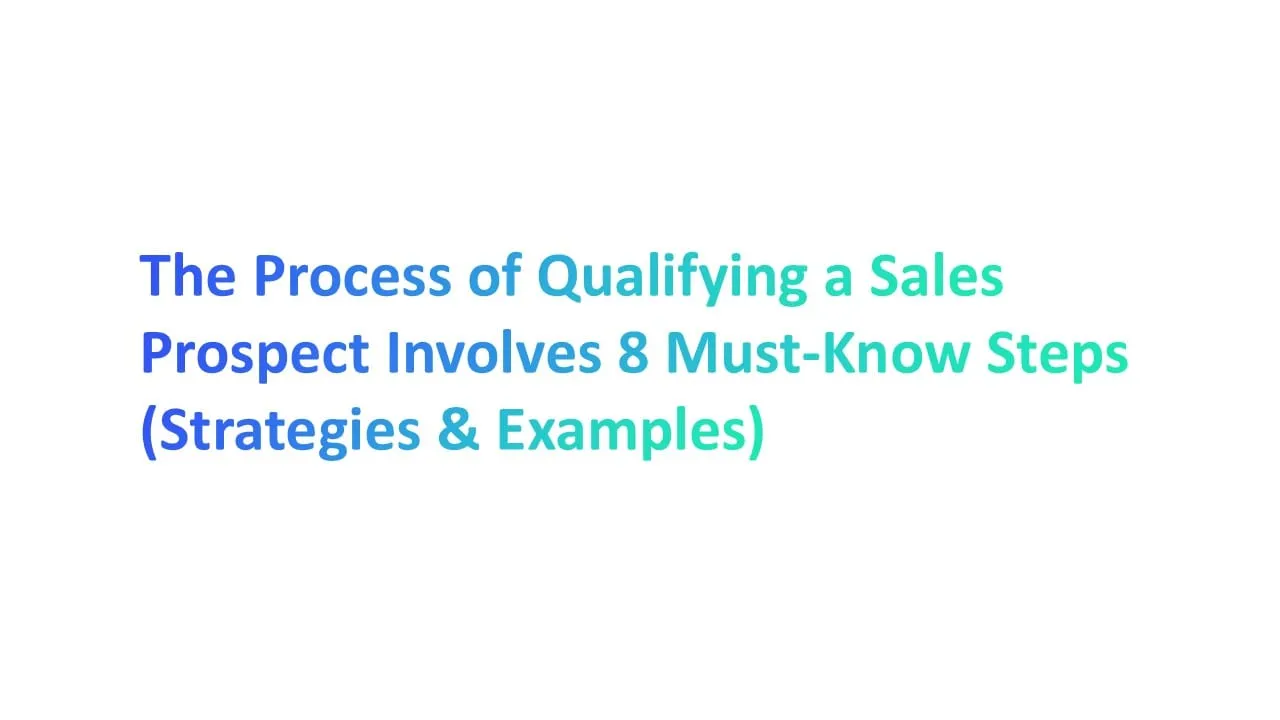Do you want to know your average cold email response rate?
Curious about your cold emails ROI?
In that case, tracking the response rate is the best way to know how many people have engaged with your emails. It is the easiest solution to evaluate whether your cold email was successful or not.
This post will show you how to calculate your average cold email response rate and improve it. Let's get started!
[toc]

What Is a Cold Email Response Rate?
An email response rate is the number of responses or replies you have received compared to the total number of emails you have sent. The mean percentage of both terms will show your average cold email response rate.
For instance, if you have sent 200 emails and received 50 replies, your average response rate is 50/200 or 0.25. In percentages, it will be 25%.
Why Does Email Response Rate Matter?
The email response rate is a basic performance metric that can help you understand how and why recipients engaged with your cold emails.
The higher response rate also means that people trust your brand more. It is an indication that you have targeted the right content and audience through your email campaign.
Calculating the response rate warns you when you are not doing something right. And ensure that you don't waste your resources on unsuccessful email campaigns.
All in all, your average cold email response rate will help you create dynamic strategies to turn your subscribers into customers.
Why Reduce Discrepancy Between Response Rate and Open Rate?

Besides the response rate, the open rate is yet another important email performance metric. They both are key campaign metrics.
An open rate is the number of unique subscribers who have opened your emails. It is calculated by dividing the number of unique subscribers by the total number of emails sent.
For example, if you have sent 100 emails to different recipients and only 25 of them have opened them, your open rate will be 25/100*100 = 25%.
Note: The unique is a keyword here. You can't include the same user who has already opened your emails. That will skew your results.
You don't need a big discrepancy between your open and response rates in an ideal situation. The reason?
Averagely, the cold email open rate will always be higher than your response rate. But ensure that the discrepancy is not too big.
If you are not getting enough replies, despite a higher open rate, it is a sign that your outreach is not engaging.
Suppose you have a physical store. In that case, the open rate defines how well you can attract potential customers to your store. And response rate signifies how well you can engage them inside your store and convenience them to purchase.
If you see lots of people walking through your store but not showing interest in your products, there is something fishy with your store.
So, What Is An Ideal Email Response Rate?
Every email marketer will have a different answer to this question. Why?
That is because there are multiple factors that impact an email open rate, such as:
Severity of Personalization
It is a simple formula—
Higher personalization = Higher engagement
A McKinsey research has concluded that 71% of consumers expect brands to deliver personalized interactions. And 76% get flustered when they don't get a personalized experience
So, the level of personalization you are using in your cold email plays a big role.
The emails where only the name of the recipients are mentioned have less response rate than ones where full personalized content is used.
Thus, how much you are into personalization will change your response rate.
Targeted Industry
Your target business niche also influences your average cold email response rate.
For example, B2B and B2C industries behave differently. This is because they both have different audience bases, rules, market factors, and more.
Therefore, depending on your industry, you have to understand the average reply rate prevailing and then try to beat it.
Call-to-action Intent
Before calculating your response rate, ask yourself — What were your email marketing goals? For instance—
- Do you want to generate more signups?
- Do you plan to book more meetings?
- Or, do you want to improve your social media engagement?
Depending upon your email campaign goals, your response rate will change. For example, if you want to get more meetings booked, your response rate will signify how many people have clicked on your meeting link.
On the other hand, if you want people to follow or engage on your social media accounts. Then, how many people clicked on your social media links or took further action will define your response rate.
Targeted Lead
Are you sending emails to hot or cold leads?
Your targeted lead accounts highly impact your cold email response rate. If you send emails to cold leads, obviously, it will have a low reply rate compared to hot leads.
Cold leads are not yet nurtured, so they might not even open your emails. Therefore, set separate response rate benchmarks for cold and hot leads.
Your Products or Services
Yep, your offering can also influence your email response rate. Some products or services are high in demand at the moment, resulting in a higher reply rate.
For example,demand for air conditioners, coolers, and inverters hikes during the summer season. So, sending emails related to popular summer products during the hot season can lead to a better response rate.
On the contrary, it will have a lower response rate when you sell services or products in low demand time. So, use different performance measurement criteria to analyze different products or services' reply rates.
How to Improve Your Cold Email Response Rate?
Email response rate is not a constant variable. However, you can easily improve your cold email response rate using different strategies and methods. Here are a few tips to boost your average cold email response rate:
1. Focus on the prospects
Business owners often get tangled in their own mindsets. They are too focused on their products or services that they forget about their prospects.
They compile promotional and
technical emails that can reduce lead engagement. Therefore, you should keep your targeted audience in mind while writing your cold emails.
Just use one paragraph to introduce your brand and products. And mainly, focus on how you can solve your prospects' pain points. You can leverage readymade cold email templates for quick and accurate email drafting.
2. Work your subject line
The subject line is the main part of your email. It determines whether a user will open an email and respond to it.
Thus, you should take some time and work on creating a catchy email subject line. A perfect subject line is short, engaging, and informative.
You should experiment with different subject line styles and formats for an email. It is advisable to run AB tests on your subject lines before selecting the perfect one.
It is found that 47% of recipients open emails based on the subject line, whereas 69% said they spam emails based on the subject lines.
So, take your time and write a catchy yet informative email subject line.
3. Keep it short and crisp
Nobody has time to read your long emails. Ensure to write to the point emails. In fact, many users advocate writing emails for 100 words only.
Besides this, you can use visual elements to make your emails attractive, like videos, photos, infographics, and more.
You can use more bullet points, links, and attachments to keep your emails brief and readable.
3. Personalize your content
You already know personalization is the route to a higher email response rate. But remember, just mentioning your prospect's first name is not sufficient anymore.
You have to step up your personalization game for better results. You have to understand your audience's pain points, and personality and accordingly write email content.
For example, if you notice a user constantly visiting your blogs, you can send personalized emails containing more blog recommendations. This way, you can establish a bond with your subscribers and better engage them.
4. Leverage relevant data
69% of marketers have admitted that original search data has added value to a cold email. Data is highly effective while creating B2B cold emails. It helps you convince the C-suite faster when you add data to prove your point.
Thus, you can use data everywhere in your email content — from subject lines to the body. Besides data, you can attach case studies and research papers to make your emails impactful.
5. Follow-ups
You can send frequent follow-up messages to your recipients to improve your response rate. However, the point is to make you are follow-up simple and less noisy. Here are a few tips for sending follow up cold emails—
- Wait for at least 3-4 days before sending follow-up emails.
- Personalize follow-up messages based on the recipient's action. For example, if a recipient has opened your email but has not taken further action, you can draft an email with some special deals or offers to trigger action.
- Add a strong CTA in the follow-up email, like a booked appointment or scheduled virtual meeting.
Parting Remarks

The average cold email response rate is not a fixed variable. It can easily change with your efforts.
If you follow the right approach to create your cold email marketing process, you can easily receive a higher reply rate. However, you need to consider all the potential factors that can impact your response rate before creating your email marketing strategies.
This guide has disclosed everything that you need to improve your email response rate. Now, it is up to you how you leverage it to drive maximum ROI.









